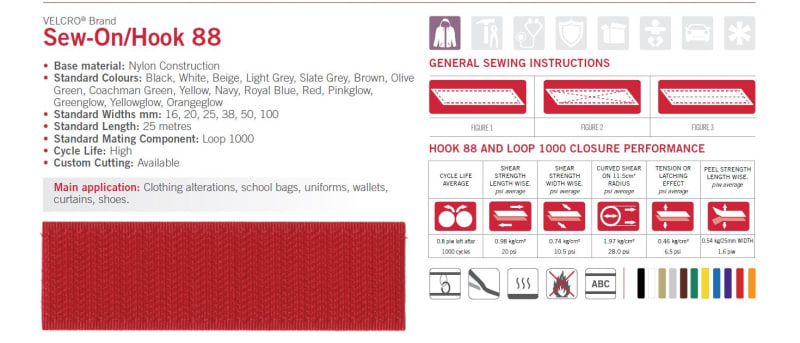Hi Aus Inam,
I just visited the forum after many years absent from it and spotted your topic and wanted to respond.
I'm in AU and have been involved in many aircraft platform systems upgrades, modifications and repairs under the ADF system of technical airworthiness regulation for over 20 years. I have an aircraft structural engineering background on both fixed and rotary winged aircraft. I've been involved in supporting certification/design acceptance activities and the 'running system' on 'both sides of the fence'. I've exercised Design Review and Design Approval technical authorities of various narrow and broad scopes under the same system. I am also generally familiar with the CASG/DMO SPO and contractor engineering/maintenance environment having worked in it. I've also dealt with operational squadrons on engineering matters.
I note and concur with the general guidance and approach of SparWeb. I think I remember his informed commentary from my long distant visits to the forum.
Dare I ask - are you doing your 'engineering' in a squadron environment ? If so, I recommend you approach your applicable SPO's engineering organisation for guidance. General matters of configuration control and addressing basic aircraft certification/occupant safety requirements, mean that some record of what has been done (drawings, specifications, etc.) and the supporting analysis of its integrity (calculations, test records, etc.) are required. The SPO/platform CENGR or in-service support contractor's engineering cell should be able to assist.
While it's generally a good idea for enthusiastic squadron personnel (with the requisite manufacturing experience) to trial concepts such as this for implementation, it usually falls to the SPO engineering authority to approve such changes. Their 'buy-in' is required from the get go to ensure that these essential technical airworthiness and safety requirements are met, BEFORE too much effort is expended in developing the solution.
However, before you commit to the design exercise, I'd suggest you carefully consider what the important design and functional requirements are for this velcro-attached pouch. I don't require you to tell me the answers to the questions I pose. These are something of a 'reality check' for you in establishing what the functional and design criteria will be for this 'pouch project'.
Establish Design Specification
[ul]
[li]Consult the CBD for the aircraft platform for restraint requirements for equipment located in occupiable areas (i.e. cockpit/flight deck, cabin, ect.)[/li]
[li]Calculate your design loads (emergency landing, flight inertia cases, etc.) with appropriate load factors for all directions (and fitting factors if necessary)[/li]
[li]Talk to the end users and establish what their access/use requirements are and try to negotiate with them a design solution which makes the design approval activity as least burdensome as possible (advice from the platform CENGR will assist you 'muchly').[/li]
[/ul]
Knowing the basics, you can then consider what the real functional (how will this be used ?) requirements are. Considering the overall attachment requirement for example:
Means of attachment
[ul]
[li]Is it absolutely necessary for the pouch to be removable from the larger bag (?)[/li]
[li]If so, under what circumstances ? In flight ? Frequency of access required ?[/li]
[li]How securely is the stowed item restrained in the pouch ? Is there a risk of it slipping out ?[/li]
[li]Can you modify the extant bag to incorporate the additional stowage provided by the new pouch ?[/li]
[li]Can you consider other stowage locations in the aircraft where risk of attachment failure/occupant injury is reduced ? (eg. stowage locker, FAK, etc.)[/li]
[li]Consider sewing/webbing straps (great tensile strength) looped through metal brackets with slots).[/li]
[li]Consider mechanical fasteners (press studs, standard parts, sheetmetal plates/rivets to 'join' bag-to-pouch, etc.)[/li]
[/ul]
Get permission to go and look at the cabin of the aircraft you are dealing with and look for examples of how discrete items of equipment are mounted in occupiable areas of the cockpit/cabin. Let these inform your design decisions. I have familiarity with mounting/relocation survival equipment in the cabin of a maritime patrol aircraft, in the ejectable crew module of a supersonic aircraft, in helicopter cabins, etc., including parachute stowages, fire extinguishers, crash axes, etc. so I'm familiar with the approach and requirements.
I also encourage you to talk to the Life Support Techo in the squadron and they are usually all over this sort of stuff. I wouldn't be surprised if they produced the pouch. Yes ? They are a wealth of useful information.
I'll leave things there for now. My intent has been to give you an idea of the approach, rather than to provide a specific design solution and a raft of the kinds of calculations and data you require to substantiate the design. I will however caution you that you should seek materials/parts/fixings/etc. that have known, reliable and documented strengths/allowables. Consider using 'standard parts' and materials underpinned by specifications/standards. I''m thinking of the range of utility fixing/studs, etc. I've come across in the past, including Military Standard (MS) parts, and their current day commercially-managed equivalents. Beware of using 'internet-based data' for important technical data as much of the commercial/consumer data published online doesn't satisfy the principles which underpin what technical airworthiness is about, whether we are talking about the FAA, EASA, CASA of the ADF technical airworthiness regulatory environments.
I'll wind up with some personal opinions. I wouldn't want to rely on strips of velcro to secure anything in an occupiable area of an aircraft. It wouldn't be my first choice. I've seen units use velcro on the base of a carry-on laptop to prevent it from sliding off a work surface, but the laptop MUST be stowed securely in a stowage locker for take-off and landing for example. Get some professional engineering advice from your platform CENGR (or their underlings/contractor) BEFORE they are asked for their design approval/acceptance 'tick'.
A 'project' like this is a good way to cut your teeth on the many facets of what design engineering is about. I hope you find some utility in the exercise.
Good luck !
A (A30_737AEWC)




